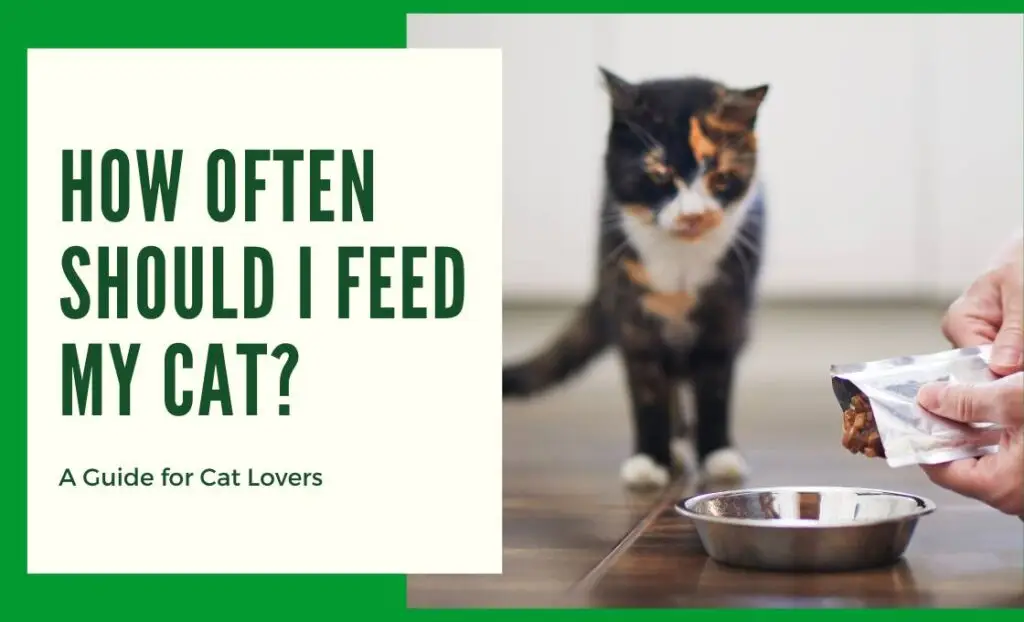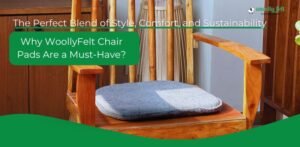As a cat parent, one of the most important questions you might ask yourself is, “How often should I feed my cat?” This simple question is loaded with significance because it directly impacts your feline friend’s health, happiness, and overall well-being. Let’s dive into the details and discover the best feeding routine for your beloved companion.

Understanding Your Cat’s Natural Feeding Behavior
Before we set a feeding schedule, it’s essential to understand that cats are natural hunters. In the wild, they would hunt and eat several small meals throughout the day. This instinctive behavior can help guide us when deciding how often to feed our indoor cats.

The Basics: Kittens vs. Adult Cats
Kittens have different nutritional needs compared to adult cats. Since they are growing rapidly, they require more frequent meals. Kittens under six months old should generally be fed three to four times a day. Once they reach six months, you can start transitioning them to an adult feeding schedule.
Adult cats, on the other hand, usually do well with two meals a day—one in the morning and one in the evening. This schedule mimics the natural feeding pattern of a wild cat, who might eat a few small meals throughout the day after successful hunts.

Listening to Your Cat’s Needs
No two cats are exactly alike, and your cat might have unique needs or preferences. Some cats do well with free feeding, where dry food is left out all day for them to nibble on as they please. However, this approach can sometimes lead to overeating and weight gain, especially if your cat is less active.
If you notice your cat meowing persistently around meal times or finishing their food too quickly, it might be worth adjusting the portion size or frequency of their meals. Pay attention to their behavior and body condition, and don’t hesitate to consult with your veterinarian for personalized advice.
The Role of Portion Control
Portion control is crucial when determining how often to feed your cat. Overfeeding can lead to obesity, which brings a host of health problems like diabetes, joint issues, and heart disease. On the other hand, underfeeding can result in malnutrition and other health issues.
To avoid these problems, measure out your cat’s food according to the guidelines on the food packaging or as recommended by your vet. Remember, treats should only make up about 10% of your cat’s daily caloric intake.

Wet Food, Dry Food, or Both?
The type of food you feed your cat can also influence their feeding schedule. Wet food is generally more filling and provides hydration, which can be beneficial for cats that don’t drink much water. However, it can be more challenging to leave out for long periods.
Dry food, on the other hand, is convenient for free feeding and stays fresh longer. However, it lacks the moisture content found in wet food, so make sure your cat has access to fresh water at all times.
Some cat owners opt for a combination of both, offering wet food at scheduled meal times and leaving out a small portion of dry food for grazing throughout the day.

Adjusting for Senior Cats
As cats age, their metabolism slows down, and their activity levels decrease. Senior cats may need fewer calories than younger cats, and you might find that they prefer smaller, more frequent meals throughout the day. Regular vet check-ups are essential to ensure that your senior cat’s diet meets their changing needs.
A Balanced Approach
Feeding your cat isn’t just about filling a bowl with food—it’s about ensuring they receive the right nutrients at the right times to keep them healthy and happy. Whether you choose to feed your cat twice a day, leave out dry food for free feeding, or offer a mix of both, the key is to find a balance that works for your cat and fits into your lifestyle.
Always remember that your cat’s needs may change over time, and what works today might need tweaking tomorrow. Stay attuned to your feline friend’s signals, and don’t hesitate to seek professional advice if you’re unsure. After all, a well-fed cat is a contented cat, and that’s something every cat lover strives for.
For Handmade Felted Wool Cozy Cat Beds please go though woollyfelt.com.




